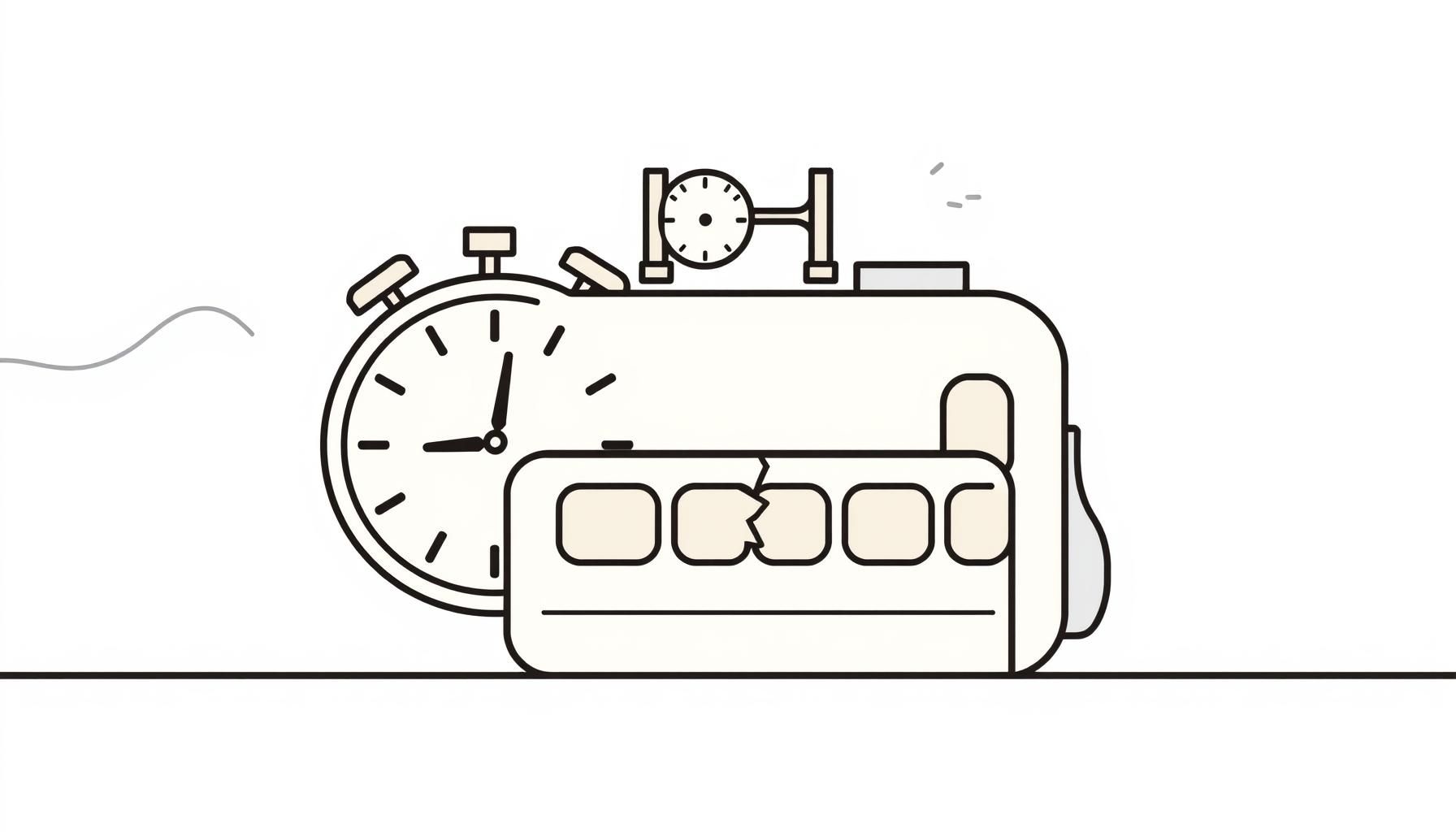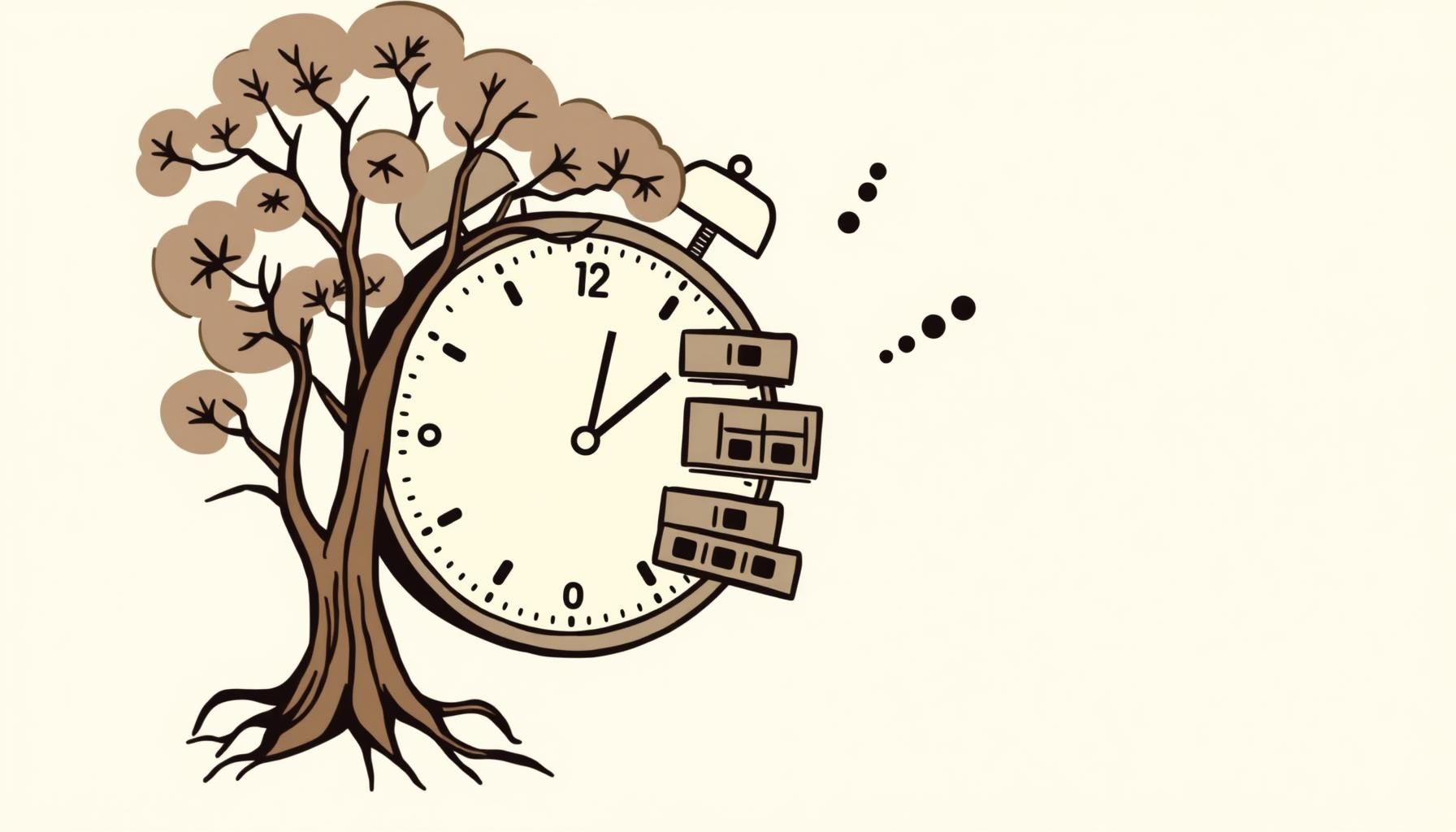
Every parent feels it—the rush of the city, the flood of technology, and the ever-growing buzz around AI in education. Ever feel like you’re juggling flaming torches while rollerblading uphill? Been there! Right in the middle of this whirlwind, though, there’s also wonder: a chance to reshape how our kids grow, learn, and thrive in ways that feel balanced, joyful, and deeply human.
What are the challenges of balance in the city?

City life moves fast—too fast sometimes. Kids dart from school to playdates, parents juggle work and home, and technology slips into every corner of daily life. The challenge? Keeping our family rhythms steady without being swept away by the crowd.
Screen time? Oh buddy, let’s talk real talk – it’s the modern parenting maze! With AI-powered apps promising to teach math, music, or even coding, it’s tempting to lean on them constantly. But here’s the catch: balance matters. Just like we wouldn’t feed our kids only one kind of food, we can’t let their daily “diet” become all digital.
So how do we protect those small, priceless pauses—the walk home from school, the laughter over dinner, the messy art projects sprawled across the living room floor?
How to Adapt Your Life Rhythm?

Think of family life like music. Too much rush, and the song turns into noise. Too much control, and it loses its joy. The sweet spot? A rhythm that bends, flexes, and flows—kind of like finding that perfect kimchi-grilled-cheese sandwich balance.
For example, after school my daughter (now about 7 years old, early elementary) loves to dive into bursts of creative play. Some days it’s building a cardboard rocket; other days it’s watercolor splashes that cover half the balcony. Here’s what works for us: when I follow HER curiosity sparks, she naturally shifts between tech and tactile experiences. One day she’ll ask questions sparked by an educational show about space, the next she’s outside drawing planets in chalk.
Tip: Anchor your day with a few non-negotiables—like shared meals or bedtime stories—and let the rest flex. That way, AI in education becomes a spice, not the main course.
Ask yourself: what rhythms in your home are worth protecting fiercely, and where can you loosen the reins to invite joy?
Toward a Philosophy of Urban Balance

When we step back, balance isn’t about perfection. We get to braid together the old and the new—the steady wisdom of family bonds with the exciting possibilities of AI in education.
Imagine AI as a family travel guide. It can suggest paths, point out hidden wonders, and save us from dead ends. But we still choose the destination, and we set the pace. The joy of the journey comes not from rushing ahead, but from walking together, stopping for ice cream along the way, and marveling at the unexpected.
Could it be that the real lesson isn’t how perfectly we manage AI, but how we show them how we dance in the rain when life pours chaos—umbrella optional?
Source: Nick Bostrom Discusses Superintelligence and Achieving a Robust Utopia, Nextbigfuture, 2025-08-25 01:30:13
